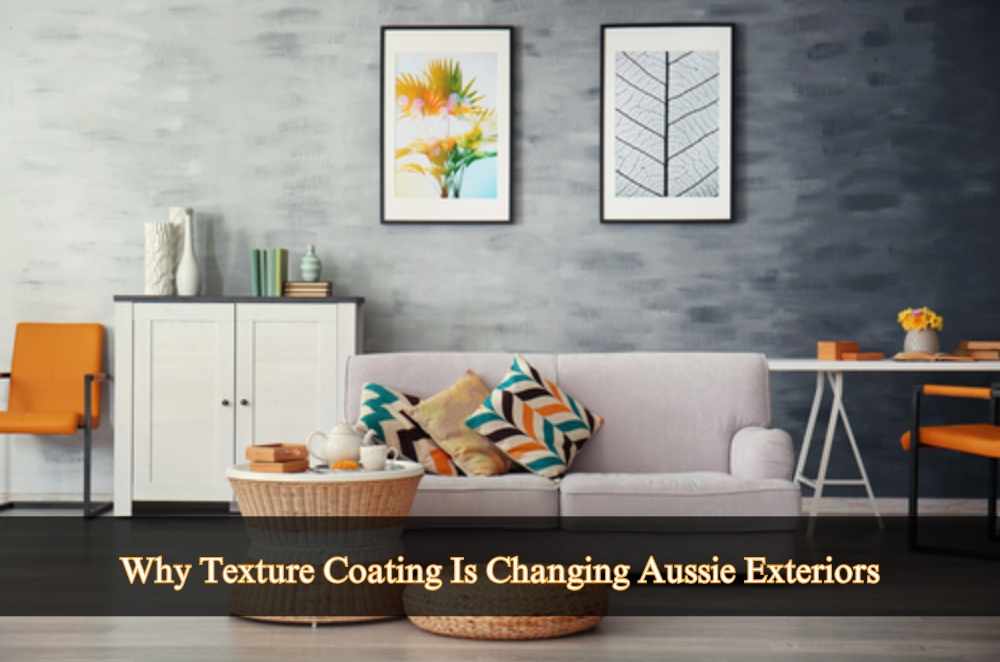
Drive through any new estate or browse modern reno projects on Instagram, and you’ll start seeing a trend: crisp, stylish walls that don’t look like your standard brick or painted render. That finish? It’s often acrylic texture coating, a versatile alternative to traditional render that’s fast becoming the go-to for Australian homeowners and builders.
When I renovated my own place in western Sydney last year, I was tossing up between cement render and a bagged finish. But after seeing a neighbour’s house finished in acrylic texture, I was sold. Smooth, weather-resistant, and honestly—it looked way more high-end than I expected. I haven’t looked back.
Let’s unpack why more Aussies are turning to texture coating—and why it might be the finish your facade’s been waiting for.
What is texture coating, anyway?
Texture coating is a flexible, decorative finish applied over surfaces like brick, concrete, fibre cement, or blueboard. Unlike plain paint or basic render, it adds thickness and dimension, allowing for a variety of textures—from subtle sandgrain to bold swirl or patterned effects.
Most modern texture coatings are acrylic-based, which gives them a leg up in terms of weather resistance and longevity.
Common benefits include:
UV and water resistance
Better adhesion to substrates
Cracking resistance due to flexibility
Longer-lasting colour retention
It’s basically a 2-in-1 finish: protective coating + aesthetic facelift.
1. It handles Australia’s harsh weather like a pro
If there’s one thing our homes need to withstand, it’s our climate. Whether you’re copping salty sea air in Cronulla or scorching sun in Penrith, exterior walls take a beating.
Standard render can struggle with movement in the building envelope, leading to cracking or peeling over time. Texture coating—particularly acrylic-based types—flexes slightly with these movements. That flexibility means fewer cracks, less maintenance, and better long-term performance.
I’ve seen homes rendered just five years ago already showing spider cracks. Meanwhile, houses coated with acrylic texture from the same period still look fresh.
It’s not magic—it’s material science. And it’s why builders are pushing homeowners toward these finishes in new builds and renos.
2. The design options are massive
One of the coolest things about texture coating is the creative control. Want a minimalist matte finish? You got it. After something with a bit of grit or depth? No problem. You can choose your:
Texture grain (fine, medium, coarse)
Application style (roll-on, trowel, spray)
Colour (custom-tinted to match your home palette)
Unlike painted render, the colour is baked into the texture coat itself, so even as the surface weathers, the tone stays richer and more even. You can even replicate the look of natural finishes like limestone or sandstone, without the price tag.
Plus, if you’re trying to nail those modern facade trends, texture coating gives you the palette and flexibility to pull off just about any look.
3. It works on new builds and old homes alike
You don’t need a fresh slab to use texture coating. One of its best perks is how well it adheres to a variety of substrates:
Brick
Concrete
Cement sheet (blueboard)
AAC panels (Hebel)
Existing render
When I updated my 1980s double-brick home, I didn’t need to strip anything back. The applicator simply prepped the walls, applied a base coat, and then layered on the acrylic texture. The result looked like I’d rebuilt the place from scratch.
It’s also ideal for fibro or weatherboard homes undergoing a facelift. With proper prep and a suitable primer, texture coating can give older properties a slick, contemporary edge.
4. You’ll stay within code (and boost resale appeal)
With all the buzz around cladding compliance in recent years, particularly post-Grenfell, more homeowners are paying attention to what goes on their exterior walls.
Texture coating is non-combustible when applied over compliant substrates and doesn’t carry the same risks as composite cladding products. If you're planning a build or reno, it’s worth checking the external wall cladding compliance guidelines to see how your finish stacks up.
From a buyer’s perspective, a professionally textured exterior sends a clear message: this property is well-maintained, modern, and protected. It won’t just look good in photos—it’ll age better too.
5. It’s low-maintenance and long-lasting
Let’s be honest—who wants to repaint their house every few years?
Acrylic texture coating offers excellent colour retention and dirt resistance, especially when combined with a protective topcoat or sealer. You’ll rarely see the chalking or flaking common in painted surfaces.
Most systems will hold strong for over a decade with minimal upkeep. All I’ve had to do is give mine a pressure clean once a year—no patching, no repainting, no headaches.
If you’ve been weighing up your options, it’s worth comparing this to the benefits of cement rendering. While render still has its place, texture coating often wins on longevity and appearance.
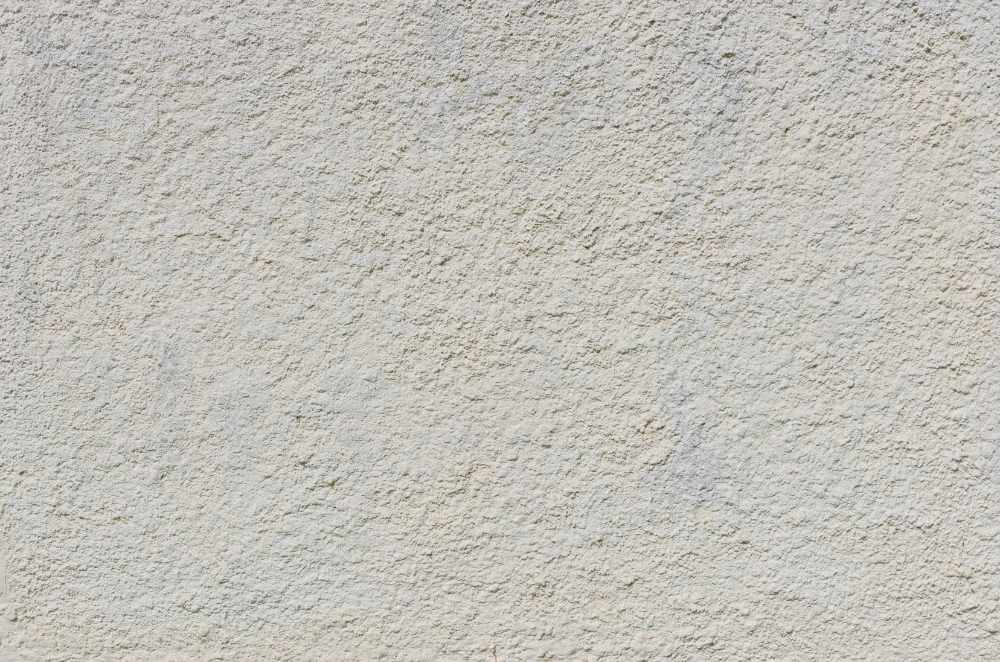
What does it cost?
The big question. And the answer is: it depends.
Acrylic texture coating typically costs more than traditional render upfront, but not by a mile. The average price in Sydney ranges from:
$70–$100/m² (depending on texture type and substrate)
Extra for scaffolding, detailed prep, or complex walls
But when you factor in fewer repaints and lower maintenance over time, the lifecycle cost often works out cheaper.
It’s the classic upfront vs. down-the-track equation. And for many homeowners, the finish alone makes it worth every cent.
What to expect when getting texture coating
Not every renderer does texture coating well. It’s a specialist skill that requires proper substrate prep, mixing, and application technique.
Here’s what a good installer will do:
Inspect your existing surface for cracks, movement, or damp
Apply primer or base coat depending on surface type
Use consistent application techniques for an even finish
Seal the finish with a protective topcoat (if specified)
Leave your property clean, with no mess left behind
Pro tip? Ask to see samples or past jobs before you commit. Colour chips don’t always reflect real-world application, especially in Aussie sunlight.
Final thoughts: Is texture coating right for you?
Texture coating isn’t just a design trend—it’s a practical, protective choice for Australian homes. Whether you’re building new, giving your place a facelift, or just sick of cracked render and flaky paint, it’s a finish that delivers long-term value and serious visual impact.
After seeing how it transformed my own place—and how little effort I’ve needed to maintain it—I honestly can’t recommend it enough.
So if you’re staring at your tired old facade wondering what to do, texture coating might just be your home’s best upgrade yet.


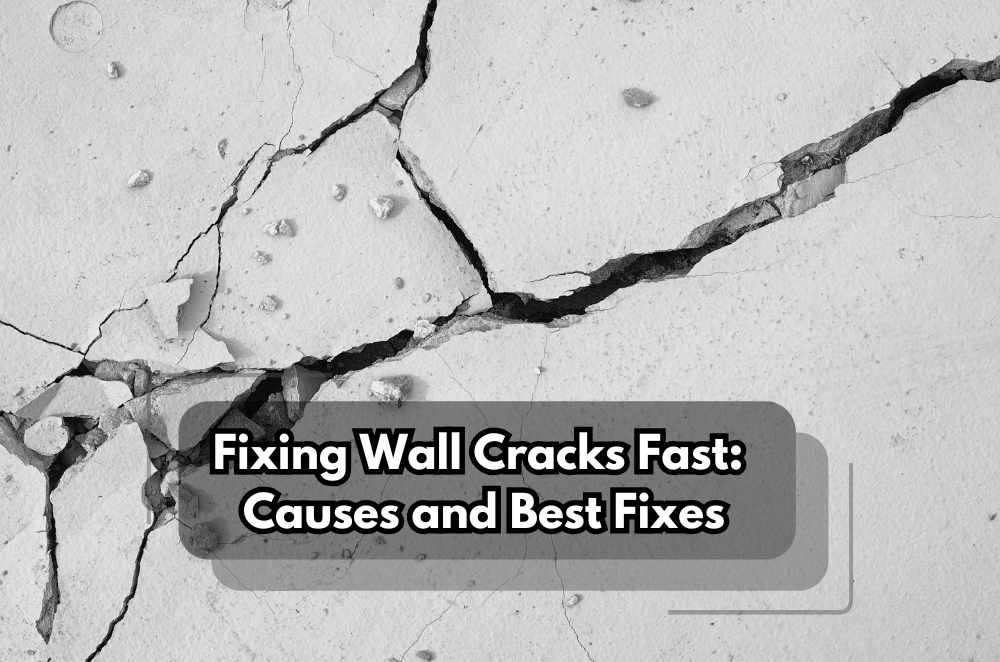
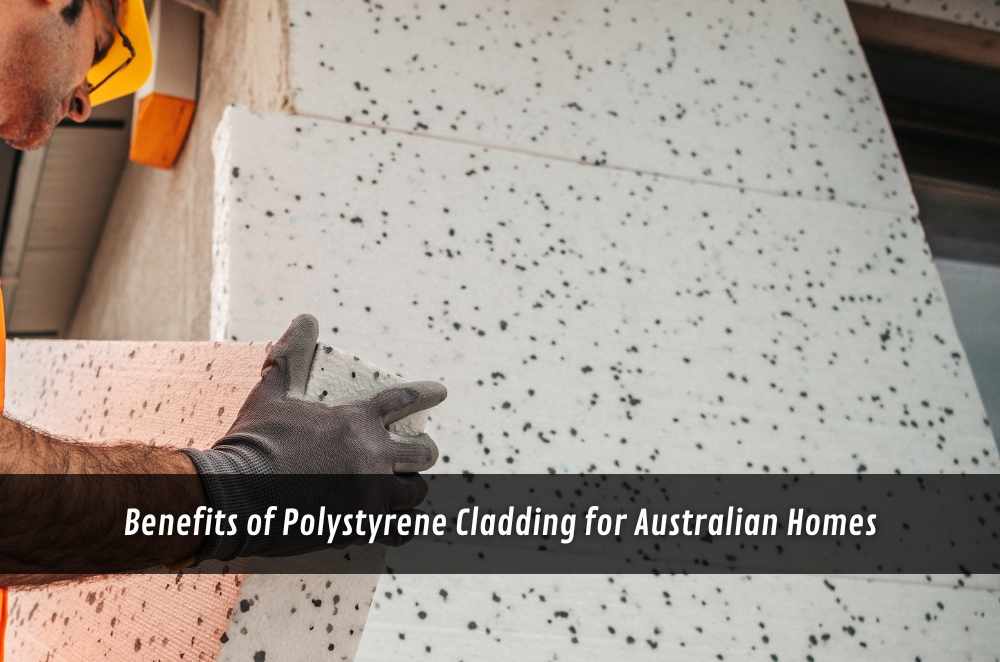
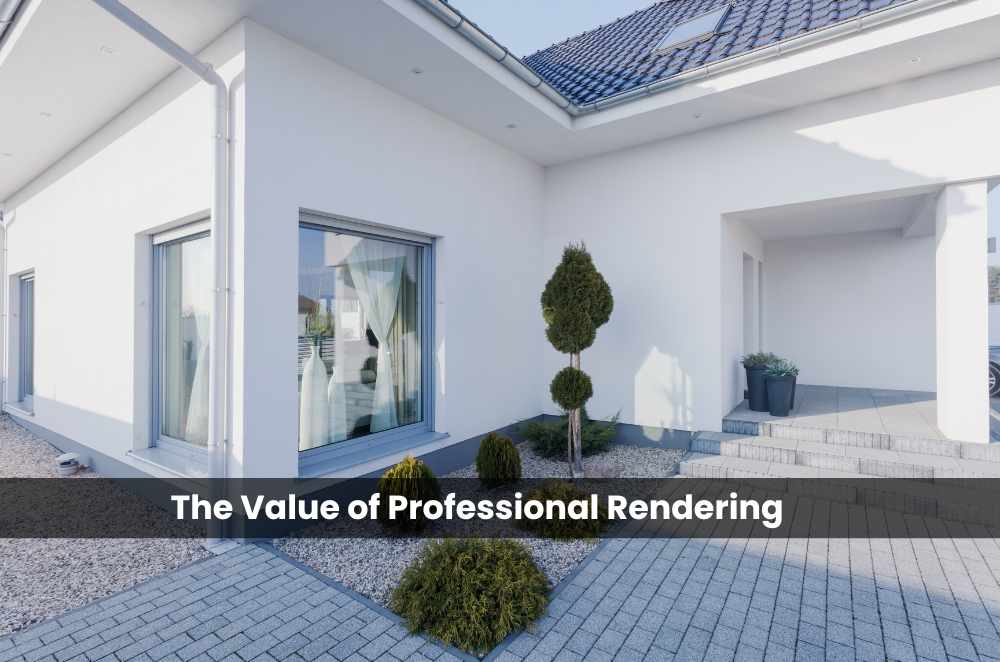






Write a comment ...